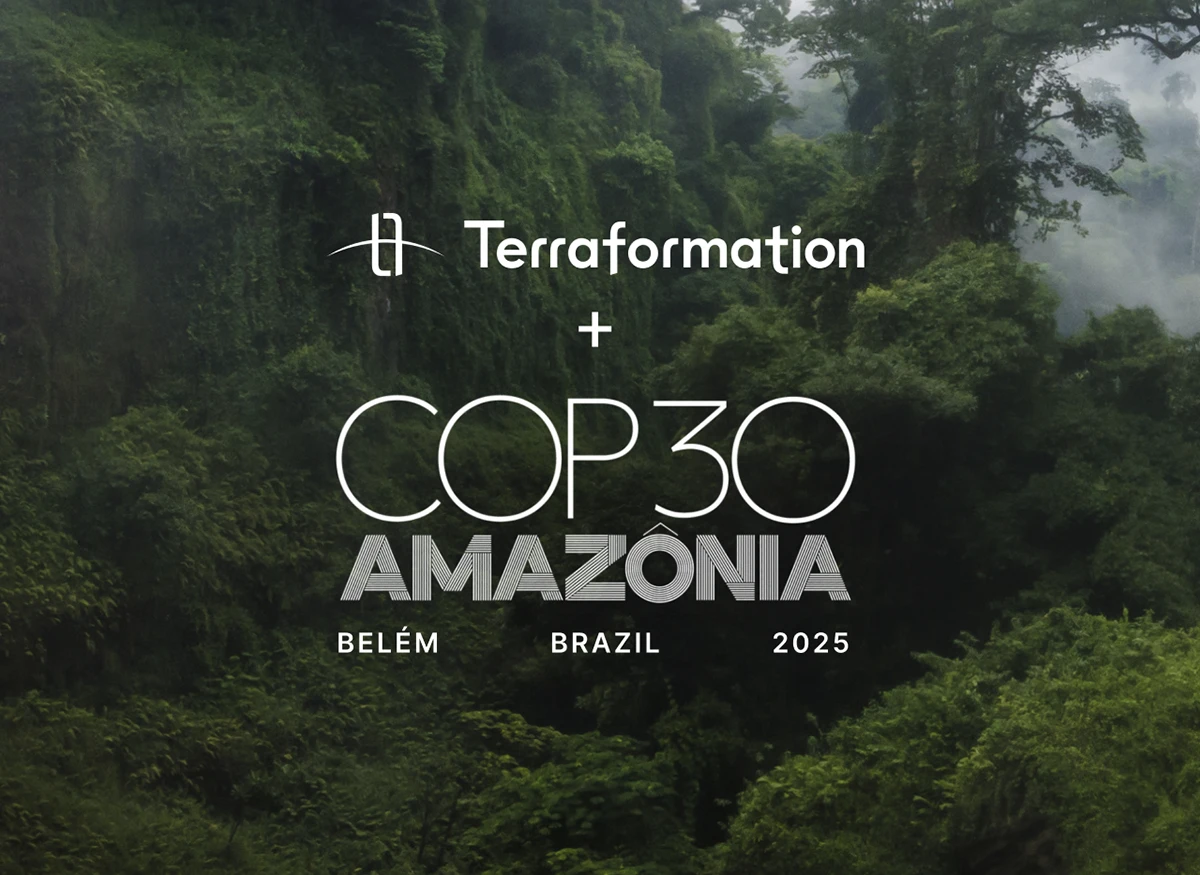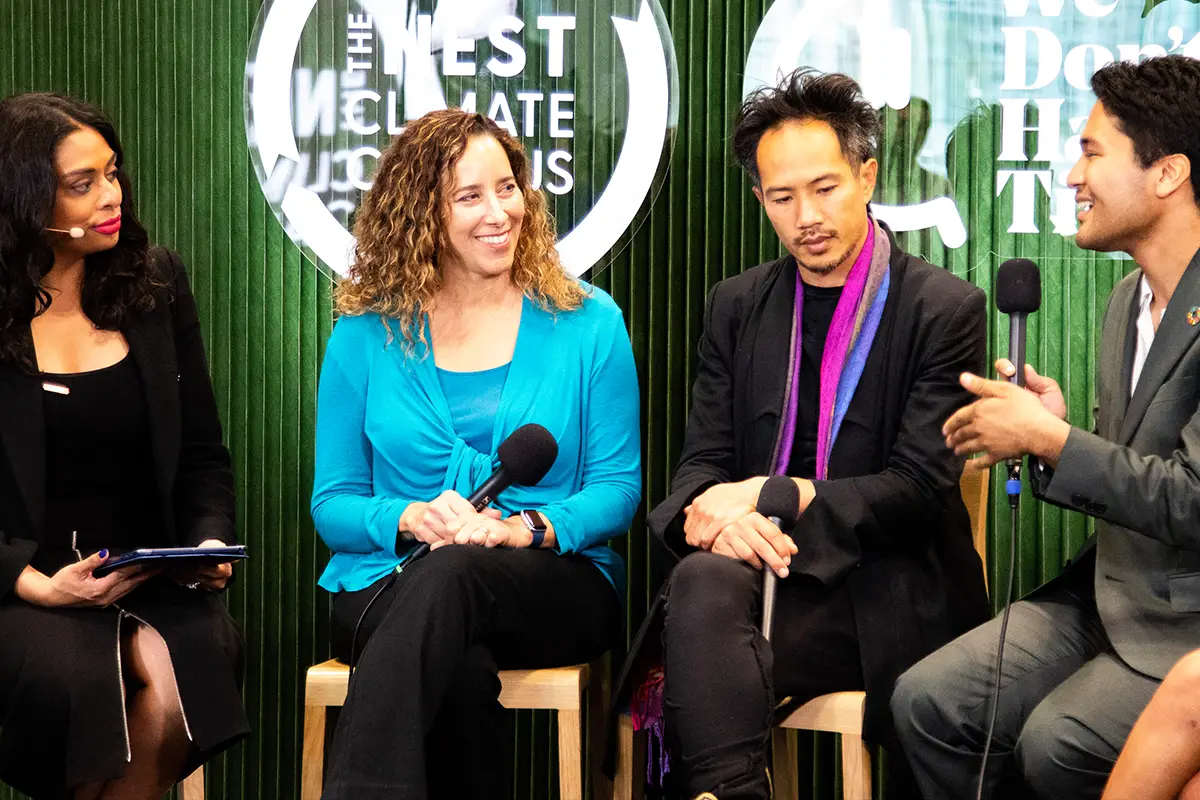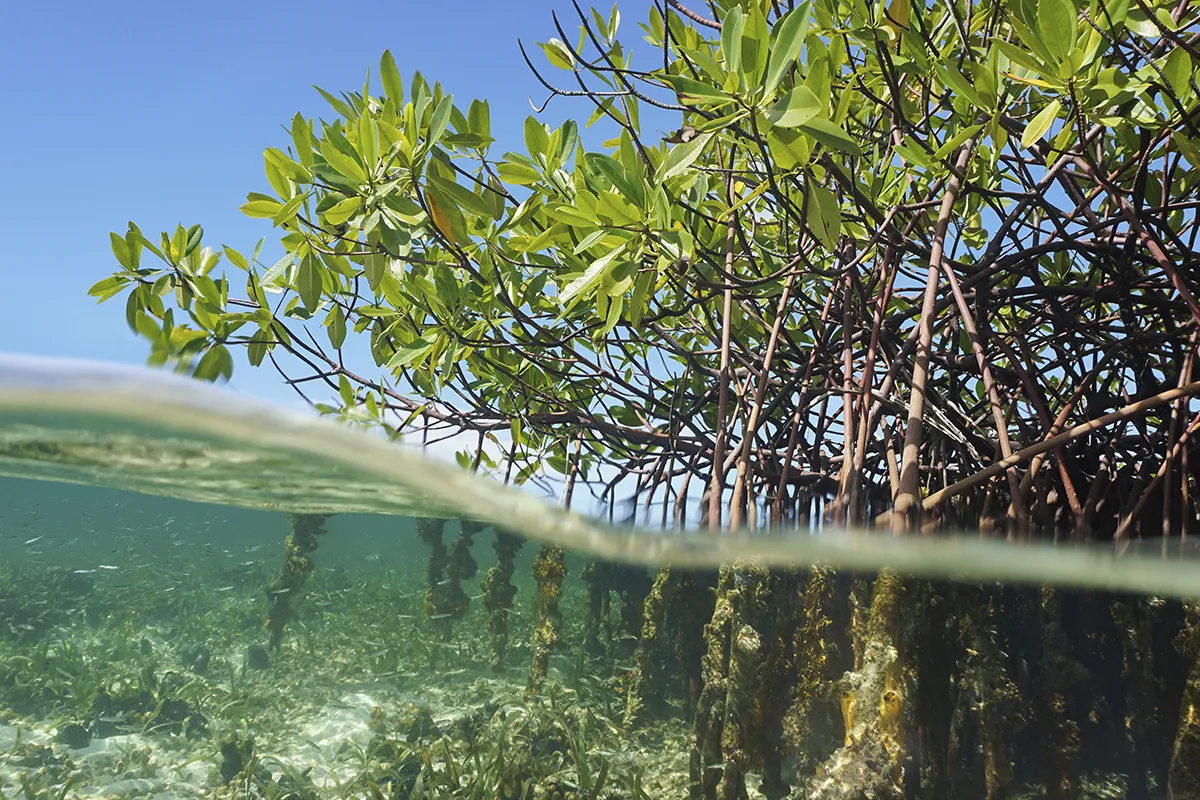3 Signs a Forest Carbon Project Will Last

One of the most common questions I hear about forest carbon projects is also one of the most basic: how do I identify a project that’s good? Among all the forest restoration projects available, which factors point to quality project design?
If you’ve ever shopped for a car, you might have found one that looked great online and even in person — but then took it for a test drive that quickly changed your mind. The difficult thing with forestry projects is that they don’t make loud clanking noises when something is wrong with them. The problems aren’t obvious, but they are systemic and will show up in the future.
Nearly half of restoration projects fail
A 2020 research paper estimated that only about 60% of restoration projects succeed. Our science team did an independent analysis, which suggested the true figure may even be less than 50%.
When looking for a good project, you’re trying to beat the average.
Many strategies exist to mitigate project risk and protect buyers, including buffer pools, MRV tools, and rating agencies. But many of these are “lagging” protections — they either insulate you from a problem or inform you that it’s already happening. Often the problems are already baked in at that point, from the earliest stages of the design. This leaves it to the buyer to dig deeper and find the systemic risks that will affect a project 5, 10, or 20 years down the line.
The good news is that there’s a well-established playbook of strategies project developers can bake into projects from the get-go that increase chances of long-term success, like in-depth planning, thoughtful design, and early and strong stakeholder engagement.
Early-stage design changes the game
I recently heard a great example of this from an early-stage project funder. They had worked with an agroforestry project that got some additional revenue from selling forest products — in this case, bananas. Everyone was really happy about this. The income would greatly benefit the community, and it improved the project’s budget outlook. They only forgot one thing.
Who was going to buy the bananas?
What if the project was in a remote area with no access to a local market? What if the product was ultimately too expensive, or there was too much of it already in the market?
By overlooking this key element, the project could quickly have gone from green to red at some point in the future. That’s why working with a trusted developer and being an active participant in the project design from an early stage is so important.
This project funder added a new item to their diligence criteria for agroforestry: there must be a buyer lined up for the products. These lessons learned seem so obvious in hindsight, but are easy to miss in the moment. Only the hard teacher of experience can build up a thorough diligence process designed to catch these details — big and small.
The advantage of a dedicated team
It takes decades of experience to build the corpus of knowledge and expertise to develop a complex project. At Terraformation, we’ve assembled a team of nearly 100 people who collectively bring a wealth of experience across forestry, legal, finance, science, and more — with more than 20 years of carbon experience and 3 million hectares restored.
Because of our cross-disciplinary expertise, we serve our partners as project developer, technology provider, and project sponsor all in one. In turn, we’ve learned best practices from many other amazing forestry teams by supporting their work.
There’s no substitute for an expert team diving deep into the particulars of an individual project, but I can share three indicators that can help you better evaluate your next project opportunity.
1. Exceeds existing standards
The first challenge is to find a project that doesn’t just meet today’s carbon project standards, but exceeds them. Standards such as CCB (Climate, Community & Biodiversity) and W+ (WOCAN’s standard for women’s empowerment) set higher goals for quality that projects can opt into. It’s wise to look for a project that exceeds today’s business-as-usual.
Why is it important to overshoot these standards? Because over the 40+ year lifetime of a project, standards will likely change multiple times, and the bar for quality is only moving in one direction: up. VCS is on Version 4, last updated in 2011. Verra’s CCB certification is on Version 3, last updated in 2013. Many current projects were designed around standards that are now outdated.
You want to look for projects that are already designing for future changes and even setting the bar for what “quality” looks like. As a carbon buyer or project investor, the best way to future-proof your project is to be the leading edge. A good project developer will be actively designing to stay ahead of the standards and market demands.
2. Value chains that outlive the project
Project developers often talk about “community benefits,” but what does that really mean? Every project is different, and it can be daunting to identify one consistent factor that addresses the appropriate risk and opportunity with benefits to the community.
Don’t settle for vague “community benefits” — look for a project with value chains that outlive the project.
What does that look like? Ask this: if the carbon project were to end and no one was getting paid to plant or protect trees, would someone still do it? If the answer is yes, then there’s likely a durable value chain built into the project. Agroforestry is an example of this, but non-economic factors, such as restoring a culturally significant location, can also form the backbone of projects developed in partnership with communities and their unique needs.
We see examples of this in Hawai‘i, where Terraformation is headquartered. Across Hawaiʻi, there are many culturally important natural areas that are protected and maintained by volunteers from the community.
3. A price that’s (a little) uncomfortable
If you agree with the above two points, I have some bad news for you: those things don’t come cheap.
Quality projects take time and money to develop, and the market needs to catch up with the real cost of climate action.
Going back to the example of buying a car, if the deal sounds too good to be true, that’s because it is. It doesn’t matter if you’re co-developing a project or buying verified and issued credits — a surefire way to expose yourself to unnecessary risk is to optimize for the lowest possible price.
The truth is that you can actually save yourself a lot of money down the line by spending a little more upfront. This is especially true if you’re funding early-stage project development.
Forest carbon projects for the future — not for 2011
In talking to hundreds of forest carbon buyers and project developers this year, I’ve observed a trend of companies getting in earlier to maximize their control over project design — and reduce their future cost per tonne.
Many buyers purchase spot credits to meet their ESG goals. But connecting with and funding projects from the earliest stages of development allow for greater influence on project quality. While the risk is higher with early-stage project development, the long-term benefits are unmatched.
If you’d like to learn more about designing a forest carbon project that meets your organization’s climate goals, feel free to reach out. Our team of experts can help develop a project that fits your needs today — and far into the future.
















